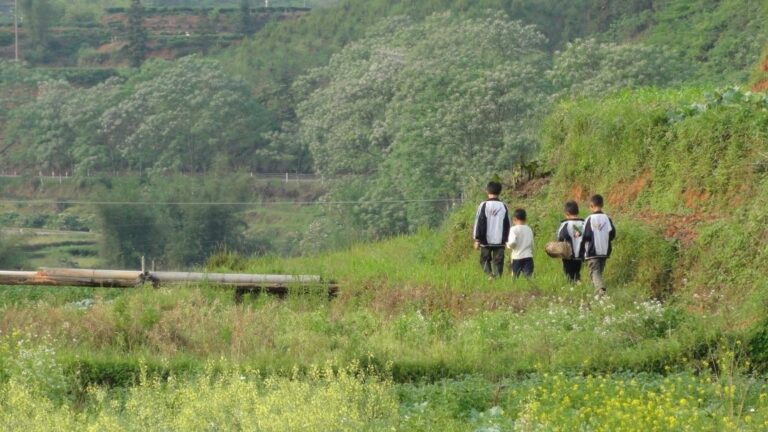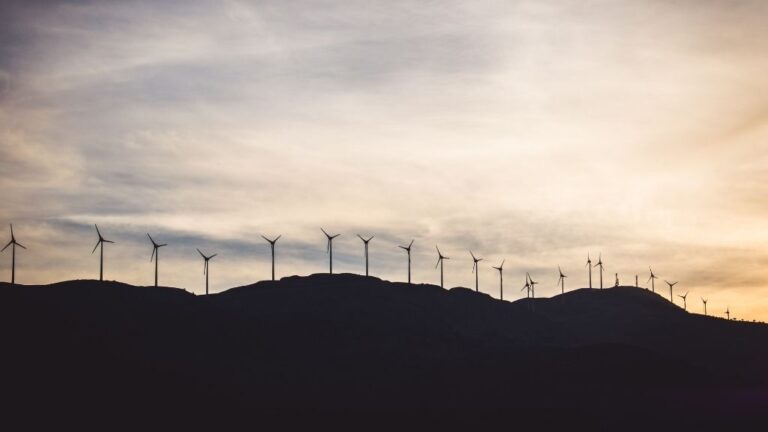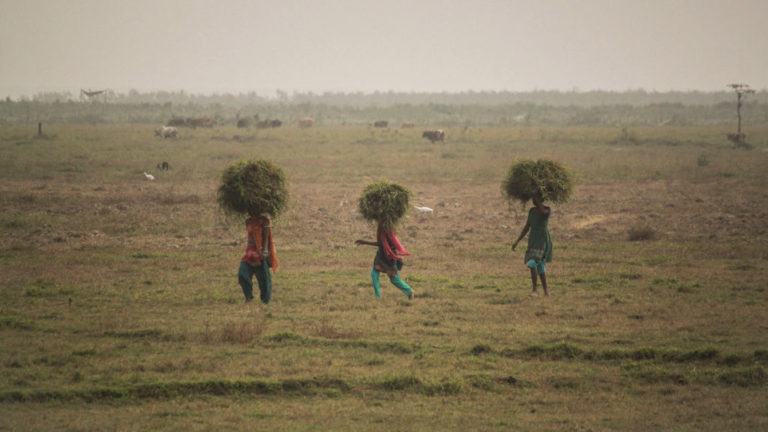
The lack of knowledge to respect nature and discrimination against minorities have created great hunger and poverty challenges. Photo: Samuel Vigier, Flickr
Av: Claire Coviaux och Maria Malmsten
Rural development is the process of life quality improvement and economic growth of rural populations in developing countries. It reduces local poverty and hunger by addressing many multi-sectoral needs including education, health, agriculture, and natural resources. The concept first appeared in the 1992 UN Agenda 21 – Chapter 14. Its major influence in the international […]
Läs mer »
3 maj, 2021, Editorial, English, Magazine

Energy infrastructure in rural areas is a threat to indigenous livelihoods Photo: Jason Blackeye/Unsplash
Av: Alice Castensson och Julia Mühlhauser
The effects of climate change endanger humans all over the world. Nonetheless, indigenous people - who contributed the least - are doubled affected. As countries are increasingly implementing adaptation strategies, renewable energy is often raised as the solution - with large projects being constructed in rural areas. This however overlooks the interests of indigenous peoples living in these areas.
29 april, 2021, English, Interview, Magazine

Indigenous women collecting grass for their cattle in Kathonibari, Kaziranga National Park.
Photo: Eleonora Fanari & Pranab Doley.
Av: Hanna Geschewski och Vittorio Capici
The loss of Indigenous peoples’ natural resource base is often associated with rainforest clearing, dam projects and the mining industry. But it is not always the infamous multinational corporations that drive native peoples from their lands. Two examples from India and Alaska illustrate how public conservation policies and inter-indigenous conflicts threaten communities and identities.
26 oktober, 2018, Article, English, Magazine



